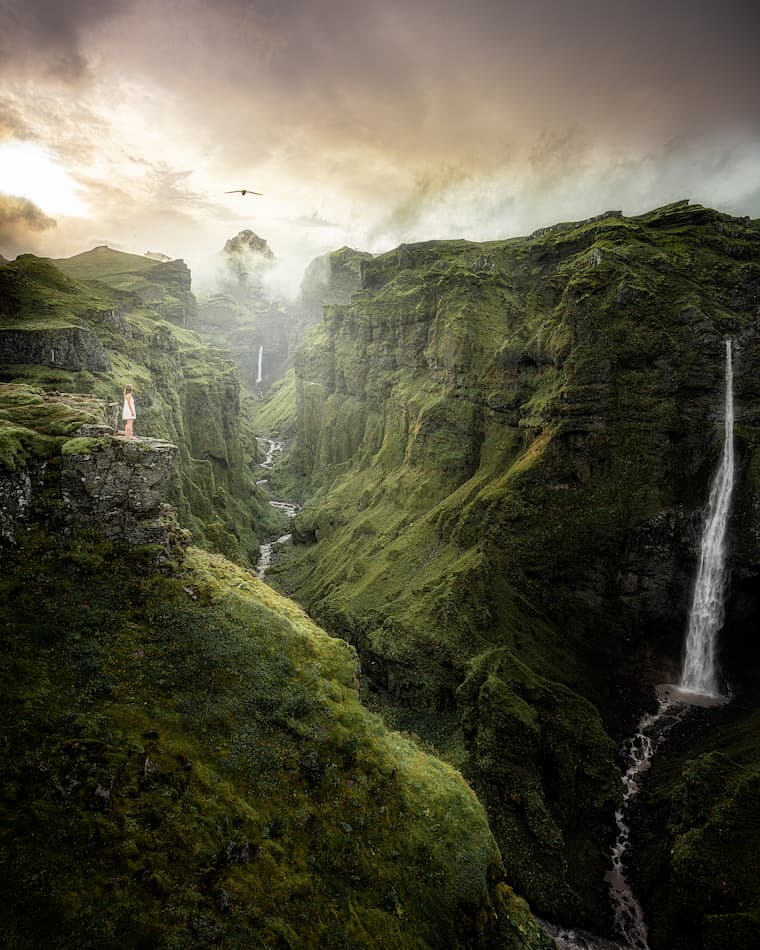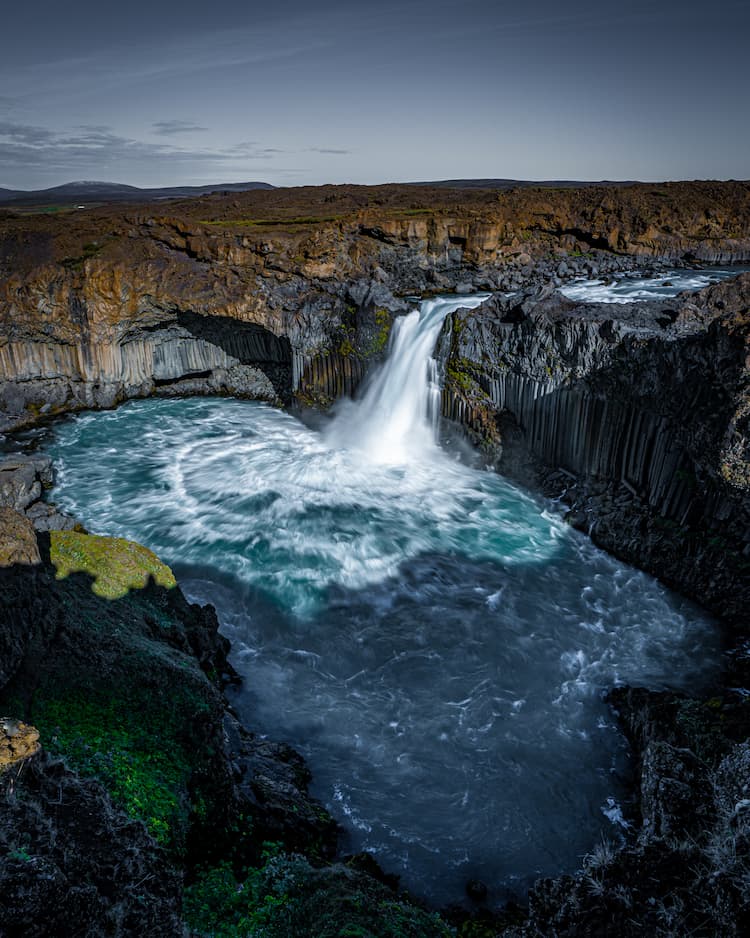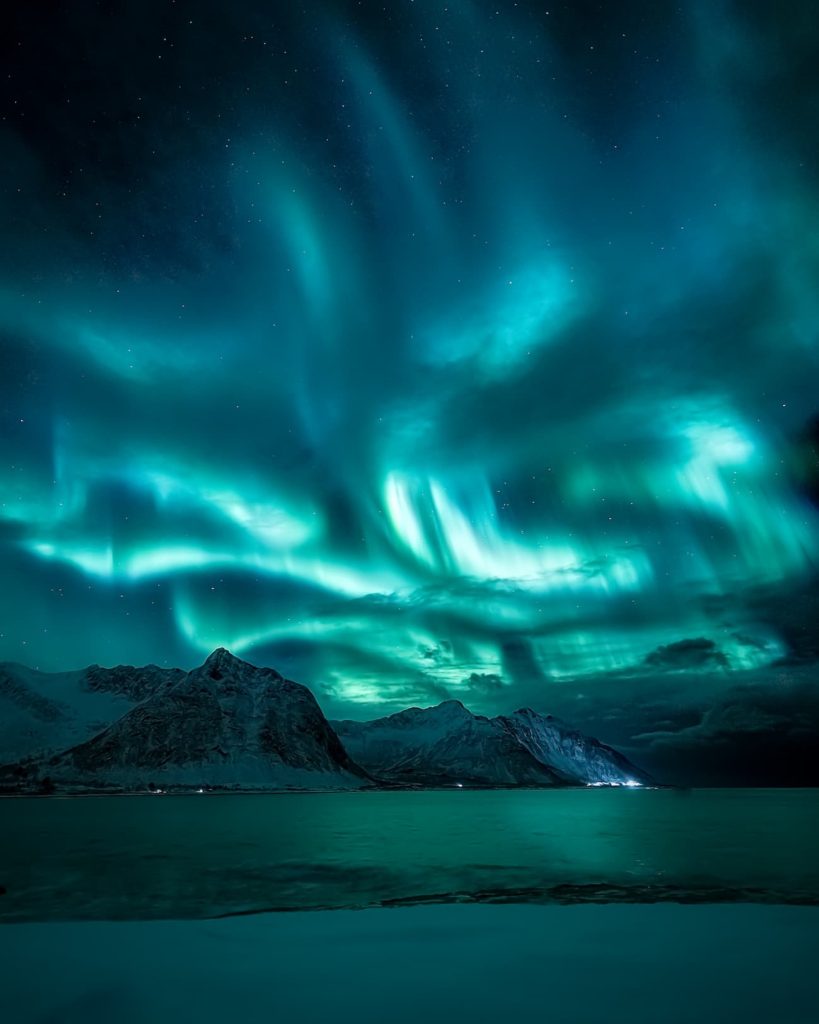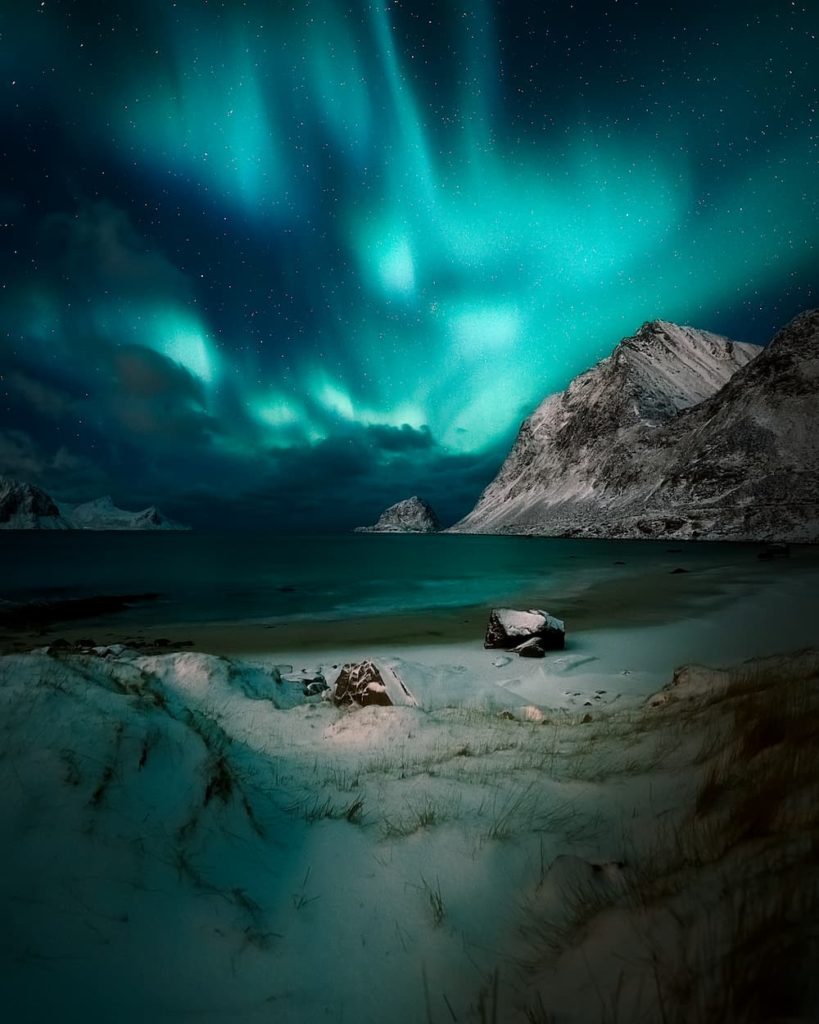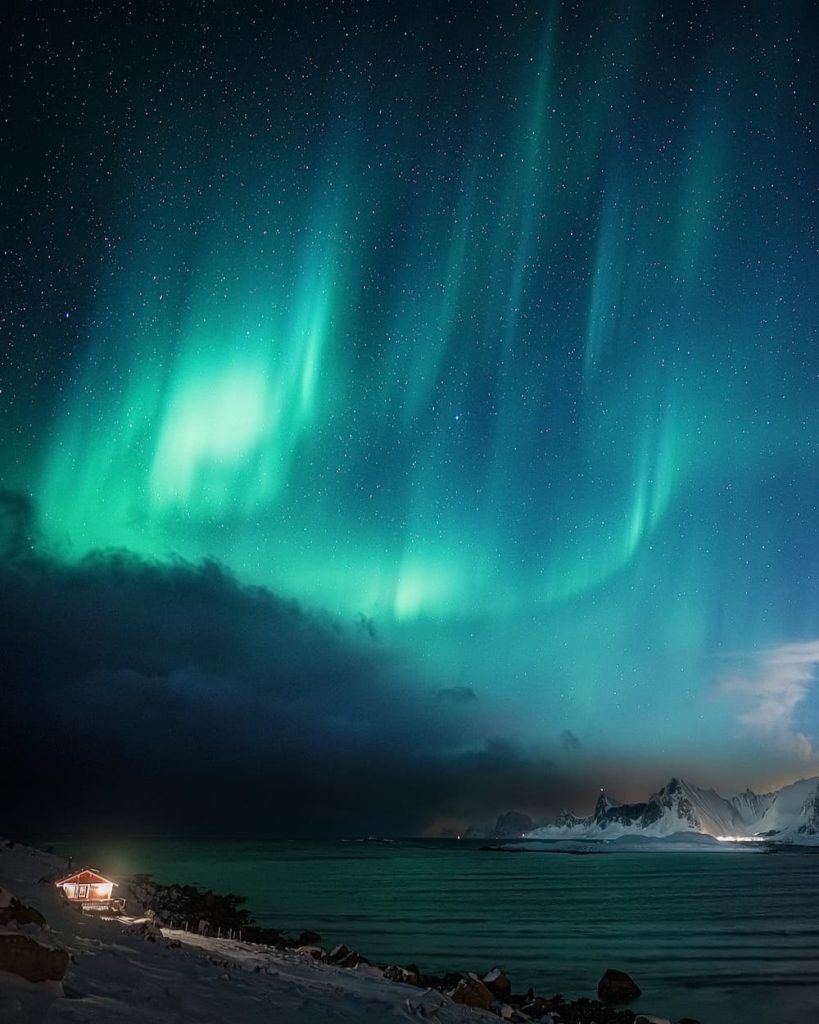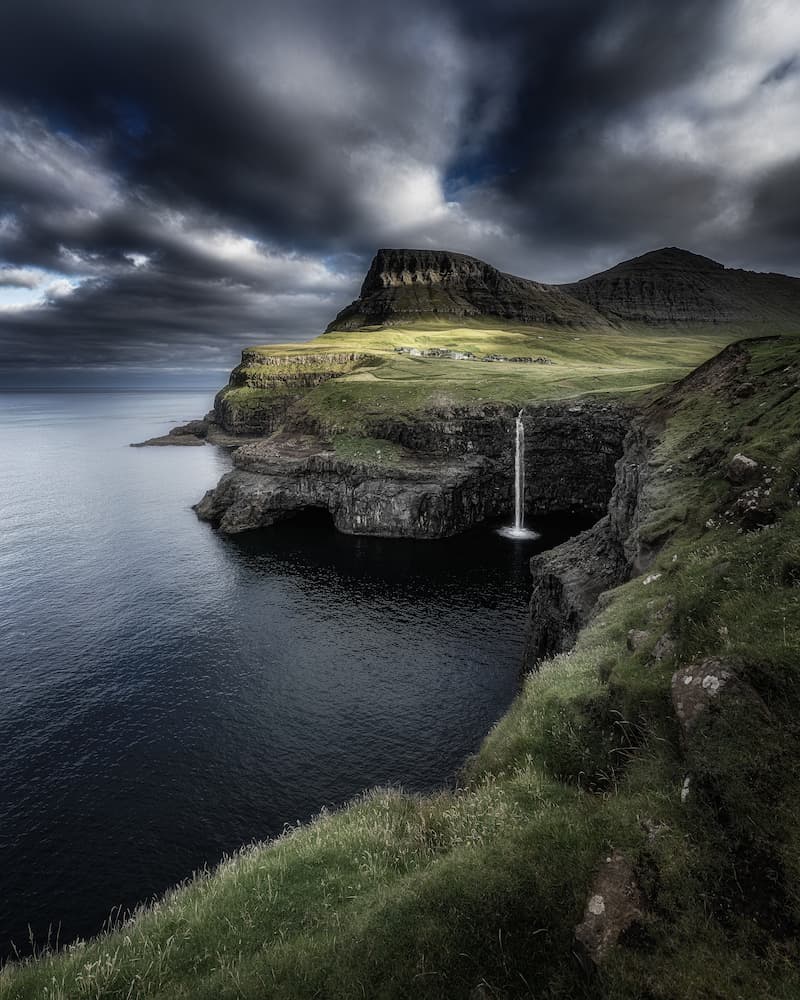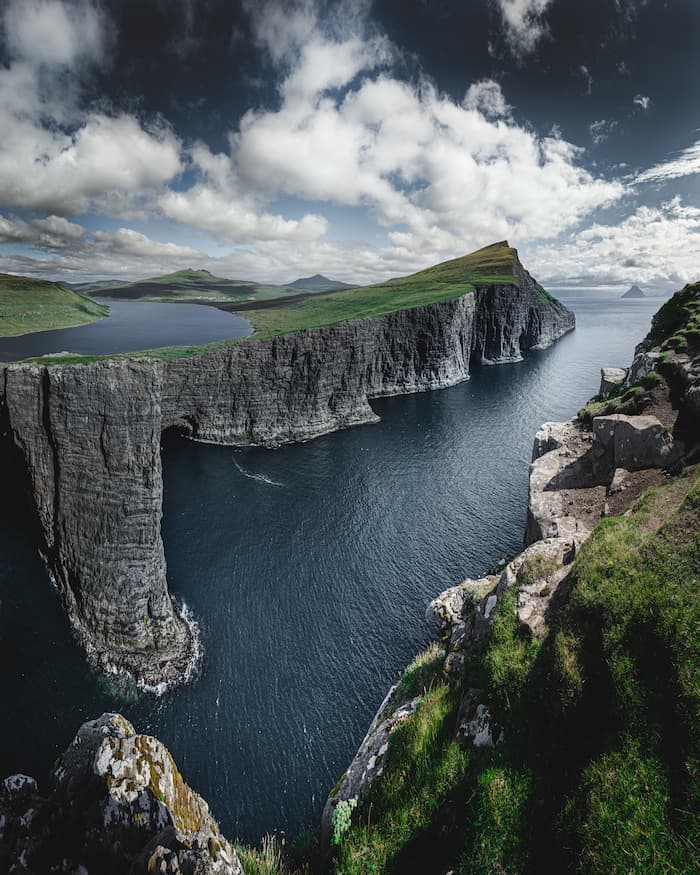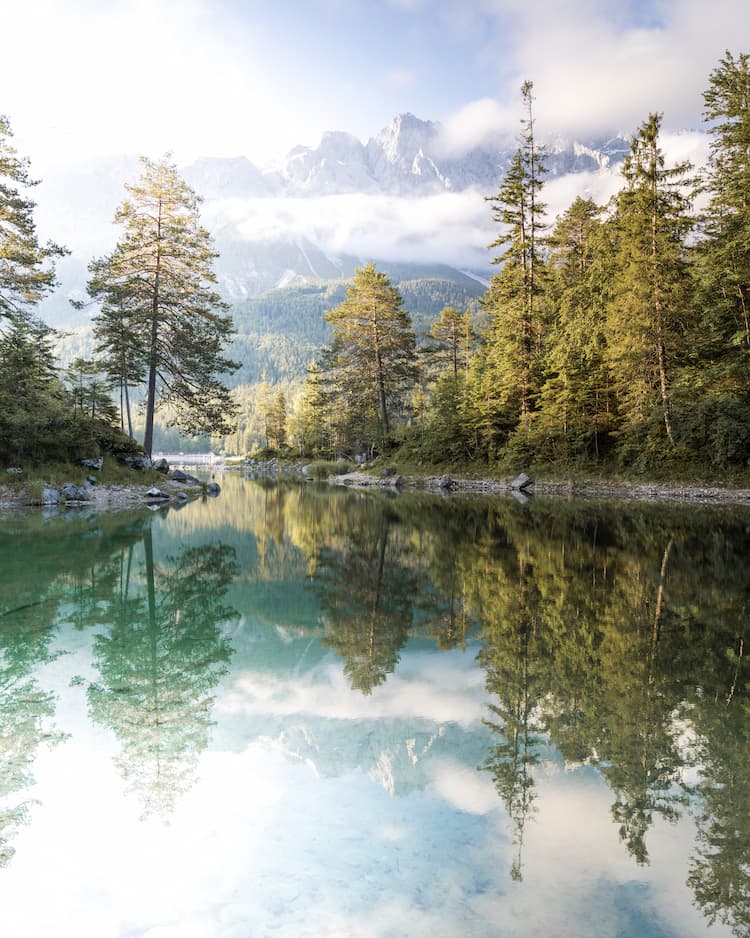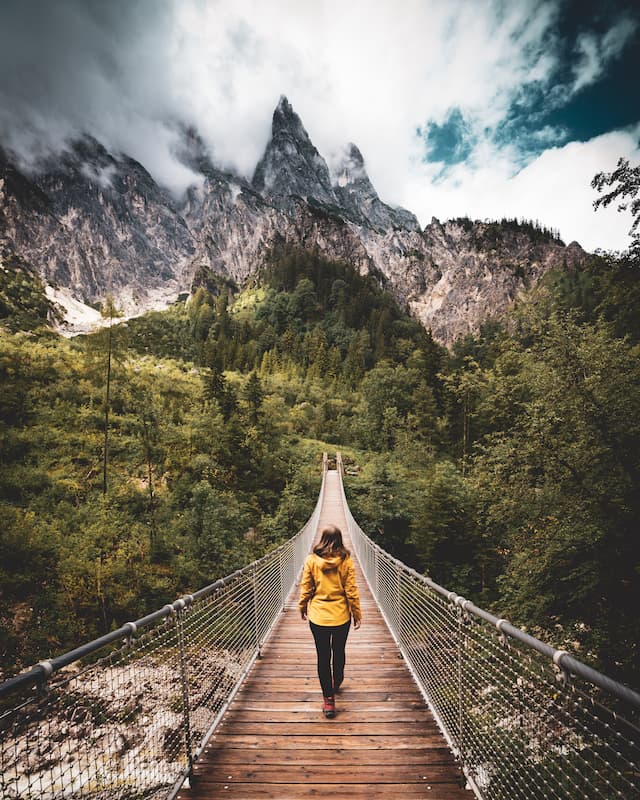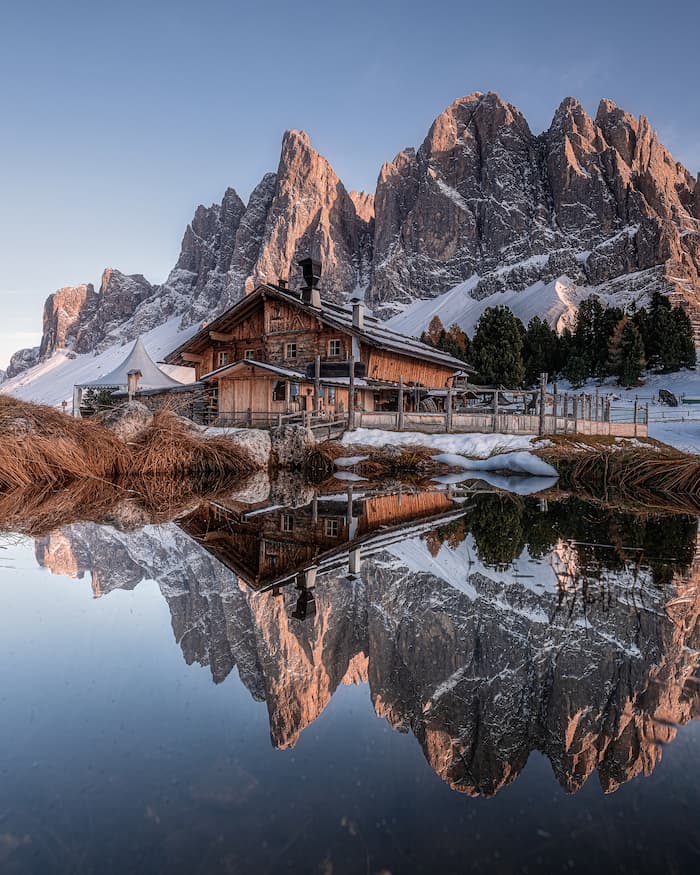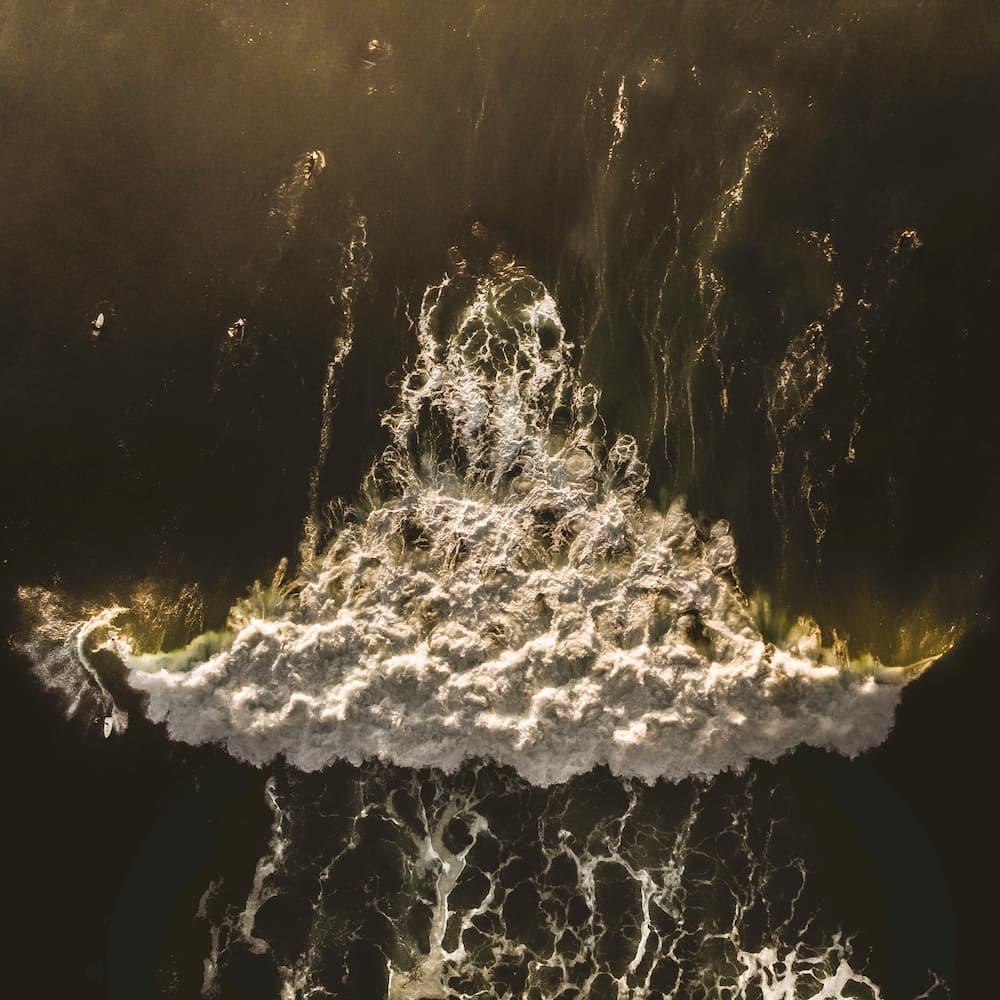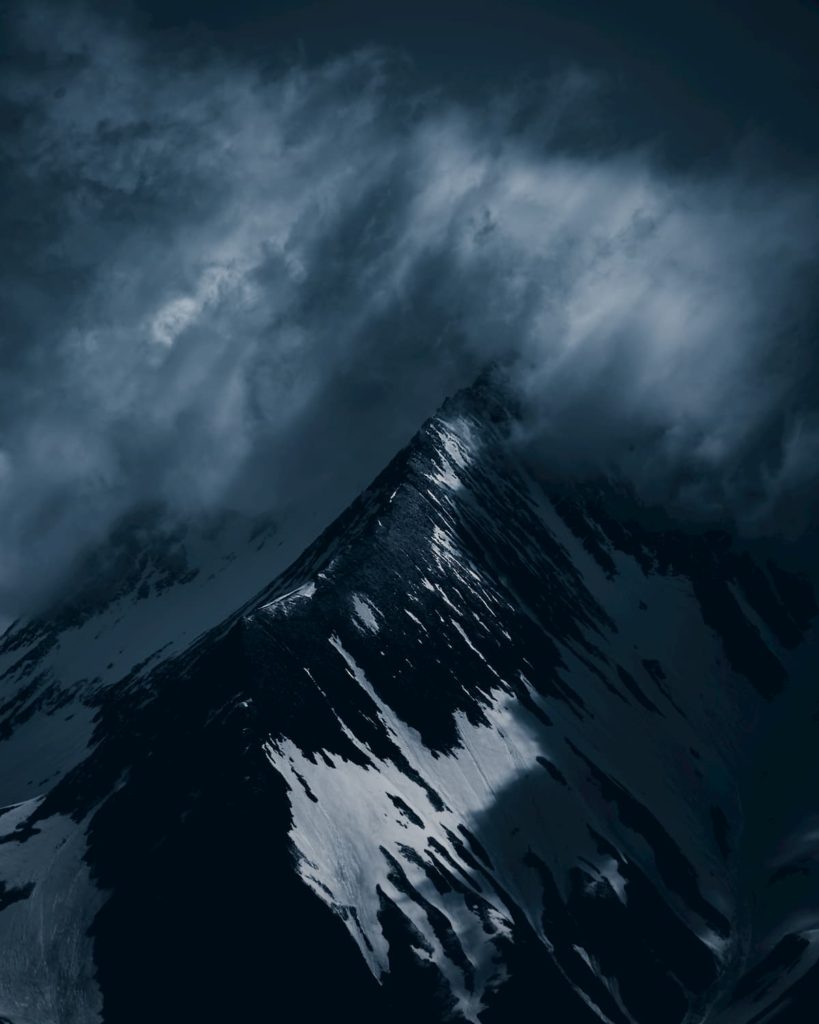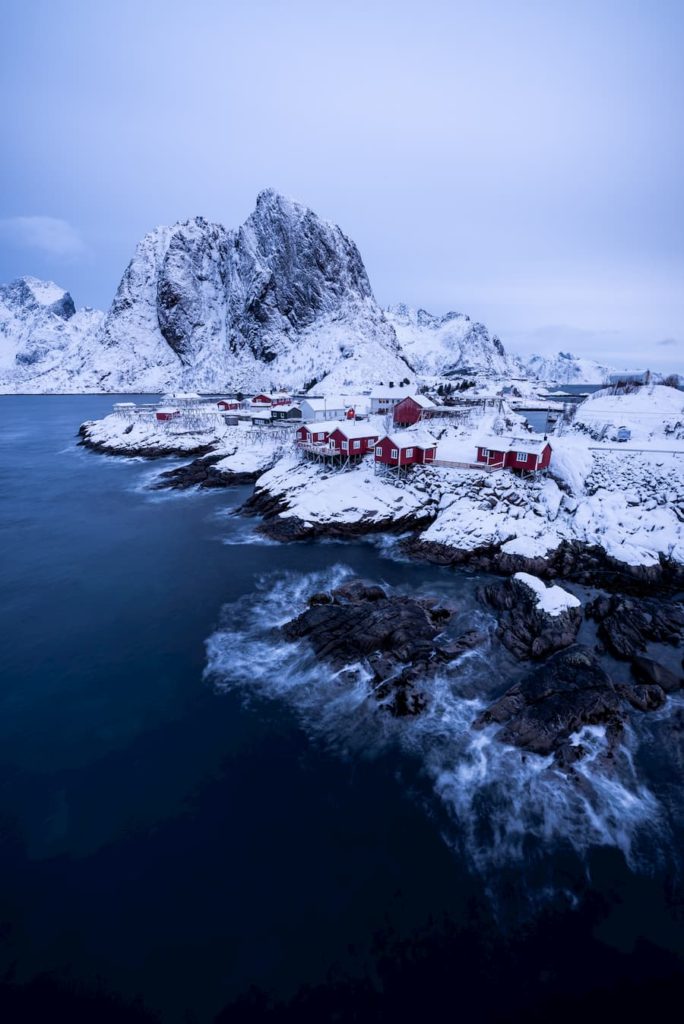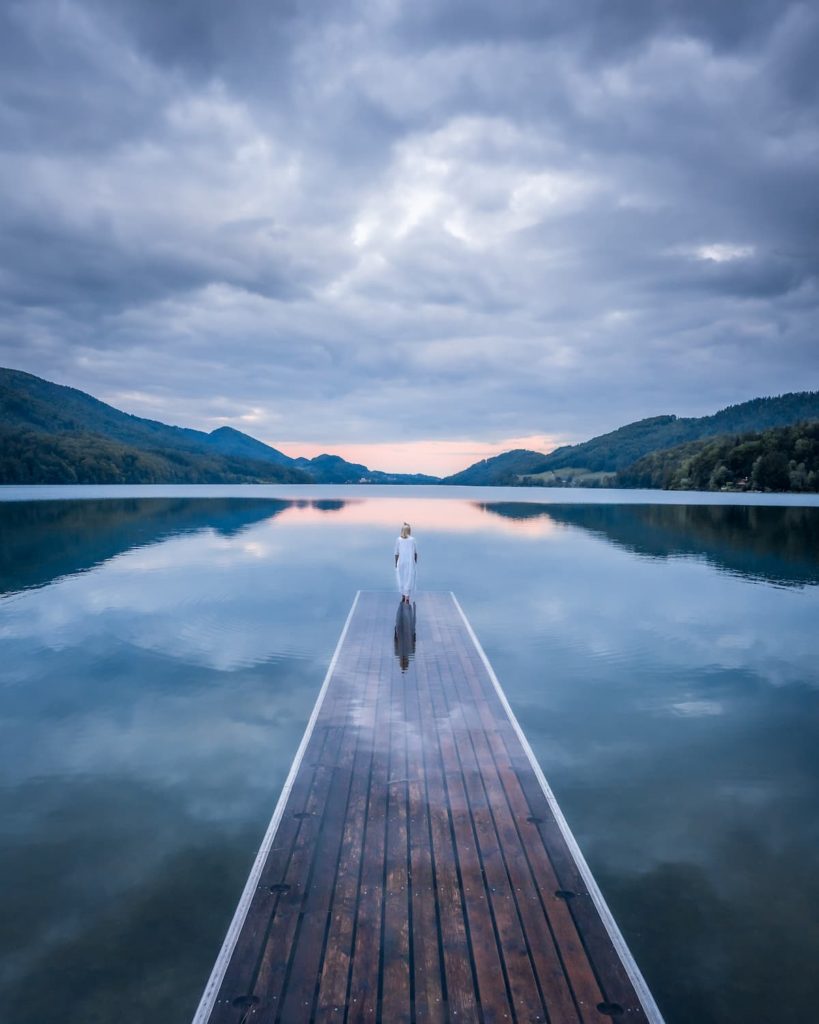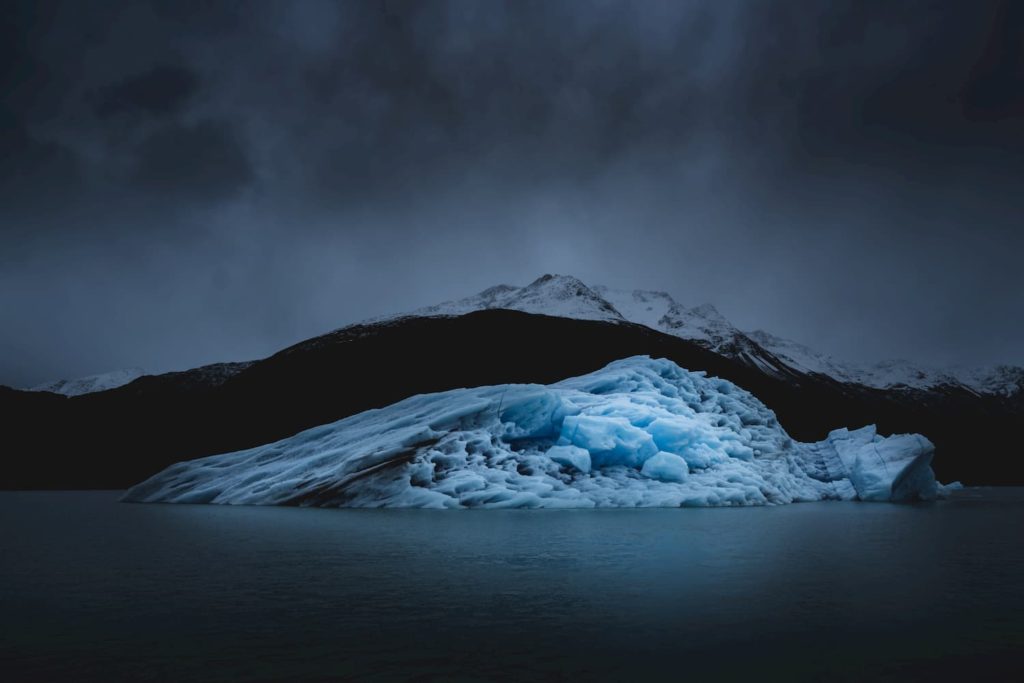
Ronald Söthje
@ronald_soethje
Photographer based Germany
My passion is picture composition. It doesn’t matter that much if it’s photography or videography or a mixed product timelapse. When that started? I don’t know anymore. I always loved movies and was interested in how they were filmed. When I was younger, I played with cameras and shot dozens of film roles. I was always interested in all kinds of things, so I thought, if I were a cameraman I could see how everything works and explain or show that to others. I wouldn’t have to go to an office each day, wouldn’t see the same boss every day, and wouldn’t have to do the same things.
"I started traveling with the same spirit: learning and knowing something new about the world we are living in and with - experiencing cultures, nature, countries…"
Australia was my very first destination I went to explore on my own. At that time, it was the most distinct landscape to Germany I could imagine. It was a dream that came true, and at the same time it was an experience that created the much bigger dream of journeying about the world. There is still so much to see!
"However, since I first crossed the Arctic Circle, my dream has manifested itself very often in the northern hemisphere."
My all time highlight was my first aurora on Senja, these auroras were so wild and beautiful and fascinated me so much that I now try to escape to the north in the aurora season again and again. These lights really made the darkest night as bright as I had never imagined the lights could be.
I noticed that the warmer it gets the less creative I feel – so polar nights are perfect for me. In general I love sudden weather changes. So not only in the north, but also the Alps or other mountain areas like the Rocky Mountains are listed high on my list to visit or visit again. What makes the north so attractive for me is the amazing landscape, especially in winter. I really prefer the snow and the ice season and with it one of the most magical things on Earth – the polar lights.
"I have been fascinated by these lights for almost 10 years, but started to shoot them just three years ago."
"Technology has always been part of my life, long before I started focusing more on photography."
Technology was and still is one of the things I can get lost in. What is the next new thing, what is the solution to a problem, what is the fastest and most reliable technology… I love running my thoughts over these questions. As a media engineer I don’t develop the technology, but create workflows with technology – e.g. camera workflows for TV productions.
Whether it’s the introduction of a new piece of hardware for an operator or the premiere of a daily tv show, whether it’s a new workflow for editors and colorists or the first HDR production – I want to find a way in which everyone is involved, technical and emotional. Even with a tight budget for development, this leads to long-term success for the found solution. To get there, there are many techniques out there for project management, for planning, for developing, for implementation, for training and documentation. And there are also a team and brainstorm sessions involved.
"At the end, one thing counts and that is to bring the project to success – in a technical and creative way."
So ultimately, this technological point of view also supports my creative work, and on the other hand, I’m a better engineer because I use all the equipment and tools myself. For me it’s a kind of visual engineering. It’s like the kind of composition I do as a photographer or director of photography, with fundamental technical background and joy. It’s amazing how to see technology evolve and to use it myself.
"It's been almost 20 years since I captured my first time lapse, but I was never satisfied with the quality that was possible with those old video cameras."
The really good stuff was done at that time with 35 or 70mm film. That was far too expensive for me as a student. I was more an observer than a creator of time-lapse those days. The Canon EOS 5D MK II was the first digital camera that was affordable for me and that met my expectations in terms of quality. But it wasn’t a quick start to the time-lapse. It took me almost two years to realize what I could do with this camera.
At first, what made me so fond of time-lapse had to deal with quality. In the past, none of the digital video cameras could match the image quality of a still image. Now that’s not so fair because you don’t take as many frames per second with a still camera as you do with a video camera, but the difference in quality was huge. The video production was in the middle of the transition to HD, but photo cameras already had 5 or 6k sensors, as we have them in video cameras today.
"With a photo camera, I was able to achieve Hollywood quality in a time-lapse with a camera that easily fits in your backpack."
A good time-lapse takes some time, which the term “time-lapse” is essentially saying. The more fascinating you want the result to be, the more time it takes. Think of being 10 minutes in a landscape and what could happen, or being there three hours capturing the transformation from sunset to the Milky Way or six months going from autumn to spring. Time-lapse needs time – in preparation, in shooting, in post production.
"In that light, tranquility, time and being able to deal with mistakes is key to create time-lapses and obtain good results - and the willingness to do it again and again."
As a photographer, you can decide from second to second which shot could be the best that you can now produce under the possibly changed conditions. For instance when clouds come in, as a photographer I’d switch from “sunrise mode” to “moody picture mode” and create something new. As a time-lapse creator you have to plan even better and when the clouds are coming in and you can’t see anything at all you have to decide: “Will I stop the time-lapse or is there hope?” In many cases, hope is the better option and the clouds will get out of the way again, but it’s as likely that you will spend another hour in the dark and cold, just bringing home some useless footage. So you can say that never losing hope is key too.
"You will come home with stunning footage as long as you don’t give up, and it’s going to be totally worth the patience and persistence."
Besides, you have to be more technical than a photographer as you have to deal with more technology like sliders or remote heads, and post production can be challenging depending on the level of quality you want to achieve. There are incredible cool tools to assist you, but there is still a lot of manual work. You can even achieve quite good results with your smartphone – so I would recommend trying this first to get the feeling and learn a little before taking the next step.
Producing high quality images of landscapes, cities, mountains and seascapes is one of my most challenging and popular tasks. When I find the perfect angle, I try again year after year to get better shots and I never stop exploring new spots. I am motivated to keep going and achieve the best and get something new, always curious to witness the evolution of what I am looking at. Not everyone does it to the perfection I want to deliver, so it’s special.
With my work, I want to achieve that you have the feeling of escaping from everyday life for a little while. This can be for a few seconds or for a few minutes. It’s like a little trip to a beloved or perhaps still unknown place. It’s about the small moment of dreaming, those moments that I also have when I lose myself in other images. It’s like an escape plan to relax.
"If you create pictures there are two dimensions - one is art and one is a kind of commercial."
With the latter, I don’t necessarily mean commercializing it and making money; it could just be something you create mainly because you know your audience will like it or you create according to the channel you are going to distribute it. This doesn’t mean we all edit in the same way, but we edit to reach the audience. These changes are completely different for me depending on the channel shown. It starts with the aspect ratio and ends with the definition of the color tones. Of course you still create something that you like yourself, it should still be your creative work, your style and your personality and you should find yourself in it. If not, it may be the wrong route for you and you get unhappy by time. But, your post processing is certainly influenced by many factors when editing with the “commercial” dimension in mind. I think most of the time we get an edit that is competitive for the distribution channel we choose.
"When going for the art dimension though, I edit a shot the way I want it to be and according to my vision, imagination and unrestricted creativity."
And this, I believe, is of vital importance for every artist. History tells us that there are few artists you can remember and many of them are only discovered after they have completed their life work – so I certainly never give up on creating art freely just because of the direct “rewards” when creating in a “commercial” manner.
"My “distribution channels” for my time-lapse works are different from single photographs and therefore the edit."
When my work is being used for movies they usually want a neutral setting so that it fits better into their grading. The same goes for most television series or shows and agencies looking for footage for other productions. There was once a director of the first German private television company who said “the worm is for the fish, not the angler”, meaning that my work serves my clients in the first place. Often, my time-lapses or videos are more of a work thing, while photography is more my private passion, which is why my editing also differentiates considering the channels, and the commercial and art dimensions I mentioned before. Regardless of the channel or “destination” though, I make sure to always feel good and happy with the work I deliver.
The time the whole process of time-lapse creation involves is significant, whether it is personal or work related. What helps me to stay motivated is seeing the results and where my pictures are shown. You can find them in movies, on TV, in streaming series, TV shows, and commercials.
"From time to time I just watch a new blockbuster and then - for 2 or 5 or 10 seconds there is one of my clips and you can find my name in the credits. This is something that makes me smile."
It is wonderful that with my work I can show the world to others, and hopefully evoke a feeling of responsibility to take care of our planet and truly appreciate the incredible beauty and natural phenomena that our universe is showing us. In that regard, as creators I think we should really keep in mind the limits of nature, legalisation or even personal limits, when trying to get that shot. I always find it fascinating when someone promotes nature conservation on the one hand, but all of the shown shots and recordings can only be made if they damaged or destroyed what they are supposed to protect. Every landscape photographer / creator promoting their work is a kind of influencer. We all have to be better when we dare to think of getting closer to the edge, crossing robes, flying drones in nature reserves or outside of sight to get the result. We should be more aware of our responsibility – others will orientate with their shooting on those who seem to be more professional.
"Also without crossing the limits and affecting nature negatively, we can obtain stunning results."
Looking at my photos and considering my love for the north, I think that I would show you a photo of the aurora from Lofoten or Senja if I could only choose one to amaze you. But to my heart, I think the most important photos are the ones with my wife and two children. No canyon, waterfall, mountain or aurora on earth will beat this.
Would you like content like this sent to your inbox?
NOMADICT
ART GALLERY
THE LATEST STORIES
WRITEN WITH PASSION TO INSPIRE YOU

Miroslav Maršík (@miromarsik): Photographer based in Czech Republic
In this article, Miro shares how his love for cinematic music evolved into a deep passion for photography and how he uses light, color, and atmosphere to turn the streets of Prague into living film scenes.

Aurora photography panorama workflow: A guide to camera settings, editing, and color
In this article, Stefanie reveals how her background in physics sparked her passion for astrophotography and how she blends science with creativity to capture the beauty of the night sky. Readers will discover her approach to color, contrast, and editing, as well as her aurora photography workflow.

Yhabril (@yhabril): Best of the Week 33 at #nomadict
Spanish photographer Yhabril captures the profound connection between humans and the mountains that shaped him. Growing up in the Pyrenees, his work bridges outdoor sports, landscapes, and celestial scenes — often blending athletes, moonlight, and wilderness into striking visual stories.

Ariane Totzke (@besondersschwierig): Photographer based in Switzerland
In this article, Ariane shares how photography helped her navigate personal challenges, connect authentically with people and animals, and develop a philosophy rooted in empathy and artistic freedom. Readers will also discover her ethical approach to wildlife photography and her trusted equipment for both camouflage techniques and cameras.

How to photograph Dutch tulip fields: A guide to light, gear, composition, and colors
Discover how to photograph Dutch tulip fields in their most magical light. From choosing the right gear and lenses to mastering composition, color, and aerial perspectives, this guide shares creative techniques to capture the beauty of the Netherlands’ tulips. Learn how light, color grading, and proportion bring emotion into every frame.
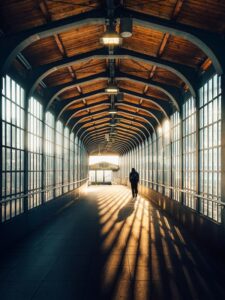
Cinematic city photography: An essential 6-step workflow
In this article, you’ll learn how to read and use light in your home city, choose the right technical settings for low-light scenes, and refine your editing workflow to shape color and atmosphere step by step. In addition, Dominik shares how to find fresh perspectives on familiar locations, five lessons that transformed his photography, and insights on the future of street photography.
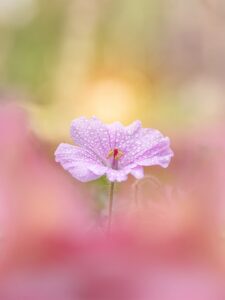
Kyle van Bavel (@kylevanbavel): Photographer based in the Netherlands
Kyle van Bavel is a macro photographer with a distinctive, dreamy style that transforms the unseen details of nature into magical worlds. In this article, he shares how his unique vision, shaped by a journey of self-learning and overcoming dyslexia, has become his greatest creative strength.

Inês Preto (@minespreto): Best of the week 20 at #nomadict 2025
Inês is a nature photographer drawn to wild, remote places where weather, wildlife, and mood shape her storytelling. In this article, she shares the behind-the-scenes journey of capturing the Best of the Week image: a puffin trio on the Faroe Islands. She explains how she approached the edit of this image, and shares key lessons she’s learned through experience.
